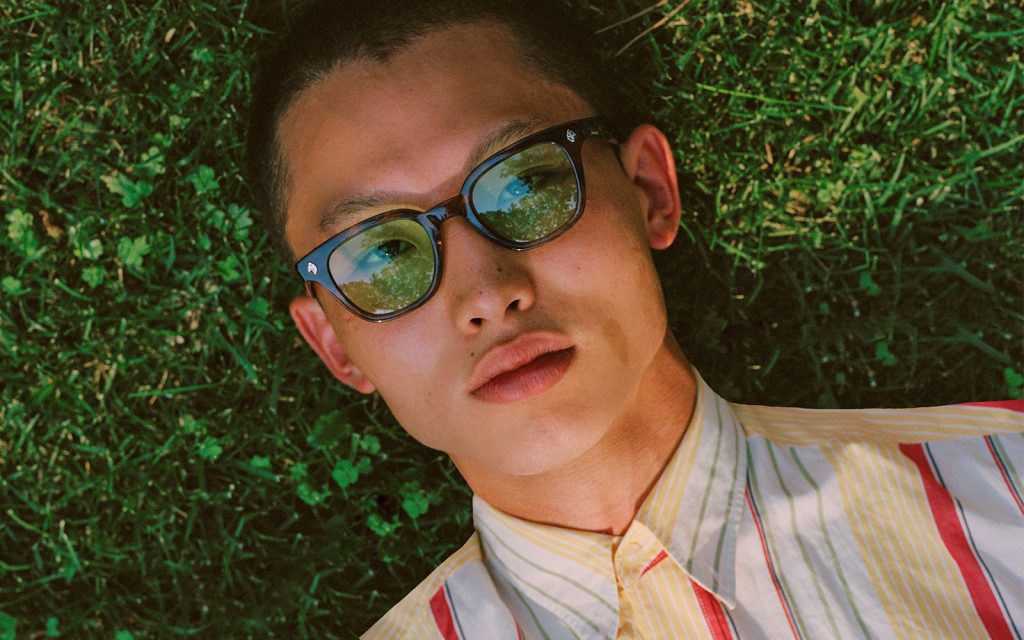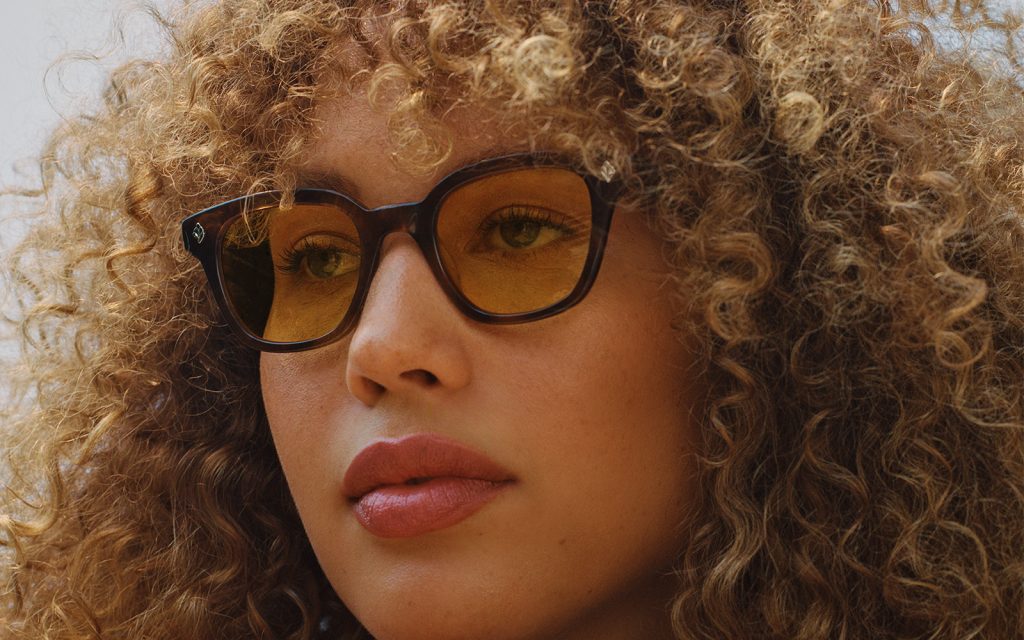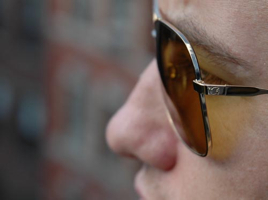Behind the Colors in GLCO’s Naples Mood Capsule
Developed by ZEISS, the red, yellow and green hues assist with focus, eye strain and even attitude

Filters may alter the digital realms we look at but eyewear-maker Garrett Leight and his team at GLCO thought working with German lens manufacturer ZEISS could result in a product that changes the way we see our real surroundings. Dubbed the Naples Mood Capsule, these non-prescription yellow-, green- and red-hued lenses (dressed in tortoise acetate) aim to improve focus and productivity, assist with creativity and reduce head stress and eye strain.

“This year has taken so much out of all of us and I think the drastic shifts have a pretty significant effect on our bandwidth. No matter who, where, or what you are, 2020 probably changed the path you thought you were on, and for a lot of us, it created challenges—both physical and emotional,” Leight says of the collection’s inception. “I know for me, focusing was a challenge before all this, but even more so now. So if adding these lenses in my rotation can help me get there, I’m super-down with that.”
Each color in the ZEISS BioChrom collection was crafted using analysis and evidence gathered from studies from two institutions: Eberhard Karls University and the Research Center for Neuromarketing and Consumer Behavior at IULM University. There (before the pandemic), participants underwent “neuroanalysis, such as electroencephalography to measure the cognitive activation” and tasks that toyed with “skin conductance response, heart rate variability, pupillometry to measure the emotional and physiological activation,” Zemia Garrett at ZEISS explains.

“The impact of colors on one’s body and mind has been studied for a long time and under different angles: spiritual, scientific, cultural, even religious,” she continues. ZEISS debuted the results of their research in 2019, but the development process began years prior. “We initially started to build our hypothesis by analyzing the decades of scientific publications about the physiological and cognitive impact of color. We then identified some effects that colors could generate. Then we created very specific wavelengths for the tints and ‘translated it’ for lens materials. The very specific tints that were created were tested in labs to validate and substantiate their biological efficiency.”

With yellow, wearers might notice an uptick in productivity and increased reading speed. When wearing red, they may feel less prone to shyness and more easily excited. With green, creativity could come more easily and head stress and eye strain might slowly fade.
“In a way, these lenses almost felt like an extension of that innate enhancing quality that I strive to provide all of our customers when they are choosing a style. I want it to help change their life for the better,” Leight says.

Looking through our yellow pair offers a somewhat dampened perception of reality. The glare of the sun appears powered down and bright LEDs are toned yellow. That being said, and despite being satisfied thus far, we’re yet to see how prolonged wear impacts our wellbeing. ZEISS’ research determined that “a majority of the population will feel the benefits as listed,” Garrett adds. “However, color perception is very subjective and can vary according to one’s culture, beliefs or personal taste. Therefore biological responses will range, and BioChrom lens usage should always be subjected to a single person’s feeling toward a color.”
Images courtesy of Garrett Leight / GLCO












